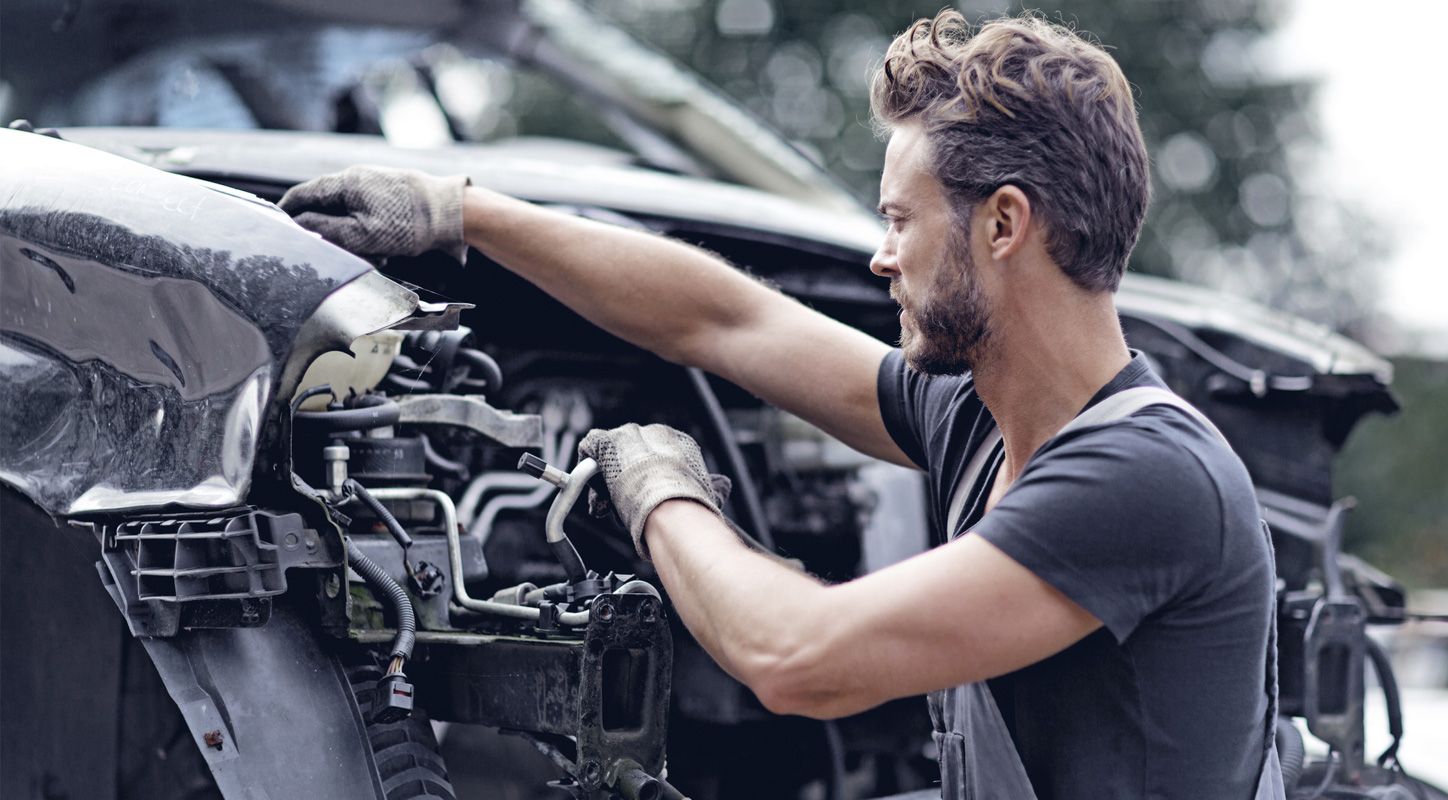Overview of Adelaide Car Wreckers: Analysis, Environmental Impact
The automotive industry plays a pivotal role in modern society, but it also raises concerns regarding the disposal of end-of-life vehicles and its environmental impact. Adelaide car wreckers have emerged as a crucial part of the solution by offering vehicle dismantling and recycling services. This article provides an in-depth analysis of the practices and environmental impact of Adelaide car wreckers. By examining their operations, recycling methods, and adherence to environmental regulations, this study aims to shed light on their role in sustainable waste management and reducing the ecological footprint of the automotive industry.

Methodology
To provide a comprehensive overview, a combination of primary and secondary research was employed. Interviews with key personnel from Adelaide car wrecking companies, government officials, and environmental experts were conducted. Additionally, data from industry reports, academic papers, and environmental studies were collected and analyzed to gain valuable insights into the practices and environmental implications of car wreckers in Adelaide.
Practices of Adelaide Car Wreckers
Adelaide car wreckers are specialized businesses that procure ELVs from various sources, including private owners, auctions, and insurance companies. Once in possession of these vehicles, wreckers perform comprehensive inspections to determine the reusable and recyclable components. Parts that are still functional are salvaged for resale, while hazardous materials such as batteries, oils, and coolants are safely removed and appropriately disposed of.
In addition to the dismantling process, car wreckers often crush the non-reusable portions of the vehicle for recycling. The resulting metal scraps are then sent to metal recycling facilities, reducing the demand for raw materials and minimizing the ecological impact of resource extraction.
Environmental Impact
The environmental impact of Adelaide car wreckers is a subject of considerable importance. Their practices contribute significantly to sustainable waste management and resource conservation. By salvaging and reselling functional parts, car wreckers facilitate the reuse of components, reducing the need for new manufacturing and lowering energy consumption.

Moreover, the proper disposal of hazardous materials prevents the leakage of toxic substances into the environment, protecting soil and water quality. The recycling of metal components reduces the demand for mining activities, which are notorious for causing habitat destruction and contributing to greenhouse gas emissions.
Compliance with Environmental Regulations
To ensure a positive environmental impact, it is essential for car wreckers to comply with local and national environmental regulations. Adelaide car wreckers must obtain appropriate licenses and certifications to handle hazardous materials and ensure safe recycling practices. Government agencies should conduct regular inspections to verify compliance with these regulations and address any potential issues promptly.
Conclusion
Adelaide car wreckers play a critical role in the sustainable management of end-of-life vehicles, significantly reducing the environmental impact of the automotive industry. By salvaging reusable parts, safely disposing of hazardous materials, and recycling metal scraps, car wreckers contribute to resource conservation and lower the ecological footprint. However, continued efforts are required to ensure strict compliance with environmental regulations
Appreciate the creator